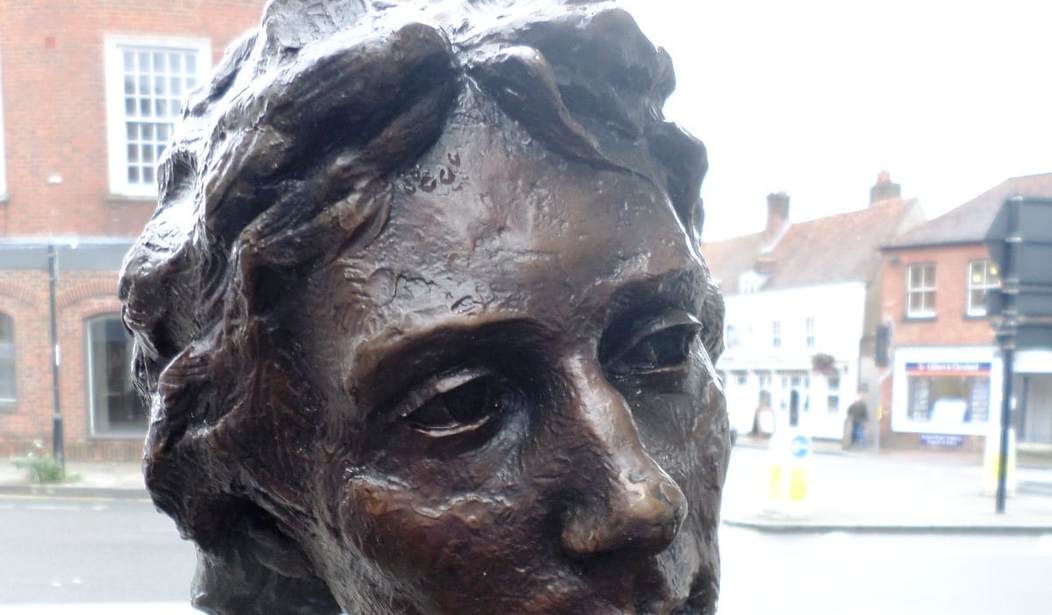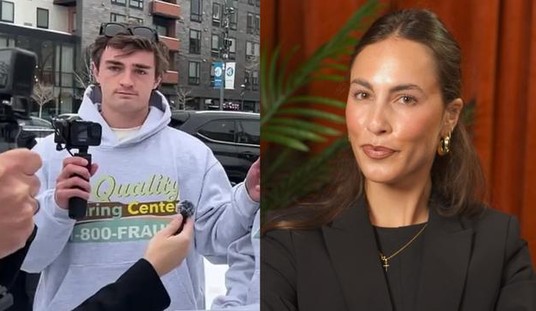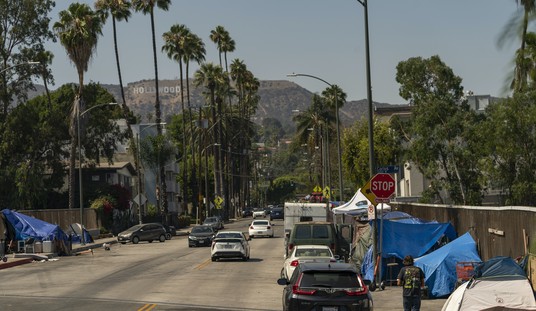"Beauty is truth, truth beauty — that is all Ye know on earth, and all ye need to know." Keats was writing about the art on the fabulously detailed Greek urns at the British Museum.
John Keats didn't care about any "messages" in the art. He found no deep meaning except the indescribable, almost painful beauty that evoked powerful emotions in the young man.
We moderns are so much smarter than Mr. Keats. We can look at a painting and see all the meaning and messaging from the artist. This is true especially if the artist wasn't intentionally sending any message at all. The meaning and context of the art is supplied by those trained to decipher the racist, nationalistic, misogynistic, and politically incorrect subconscious of the artist expressed in the awe-inspiring beauty of their work.
A rule of thumb: The harder one has to work to derive ugliness from a work of art, the more beautiful it is. Thus it is with the Fitzwilliam, the University of Cambridge's museum of art and antiquities.
The museum decided to overhaul its displays and what emerged from the makeover didn't disappoint the wokesters at Cambridge. The director, Luke Syson, insists with a straight face that the changes aren't "woke."
“I would love to think that there’s a way of telling these larger, more inclusive histories that doesn’t feel as if it requires a push-back from those who try to suggest that any interest at all in [this work is] what would now be called ‘woke’.”
Earth to Mr. Syson. Good art elicits "pushback" and defense of the art and the artist. And here's a shocker: not everyone agrees with you!
Syson appears to be telling us all to sit down, shut up, and learn. You cretins.
The new signage states that pictures of “rolling English hills” can stir feelings of “pride towards a homeland”.
However, in a gallery displaying a bucolic work by Constable, visitors are informed that “there is a darker side” to the “nationalist feeling” evoked by images of the British countryside.
It states that this national sentiment comes with “the implication that only those with a historical tie to the land have a right to belong”.
Paintings at the Fitzwilliam have been reordered into themed categories, in a shake-up the museum’s director hopes will make the gallery’s displays “inclusive and representative."
Art is sometimes exclusionary. Sometimes it's inclusive. Sometimes it's representative. Sometimes it isn't. Five-year-old children understand this concept. They accept art for exactly what it is; at face value and with no made-up baggage like "nationalism."
A sign upon entering the "Nature" gallery where landscapes dominate has to be read to be believed.
“The countryside was seen as a direct link to the past, and therefore a true reflection of the essence of a nation.
“Paintings showing rolling English hills or lush French fields reinforced loyalty and pride towards a homeland.
“The darker side of evoking this nationalist feeling is the implication that only those with a historical tie to the land have a right to belong.”
Why should that necessarily be so? And who claims that "evoking nationalistic feelings" is always a bad thing? Aside from the nonsense of a third party judging anyone else's "feelings" when viewing a work of art, not all "nationalistic feelings" are dangerous or bad. The patriotism felt by millions of Americans; the pride of country; the love of the flag and all it stands for; these are beautiful things, intrinsically good things.
Trying to convince anyone that their love of country or, in the case of the British landscapes, love of place is somehow evil needs to be called out every time.










Join the conversation as a VIP Member